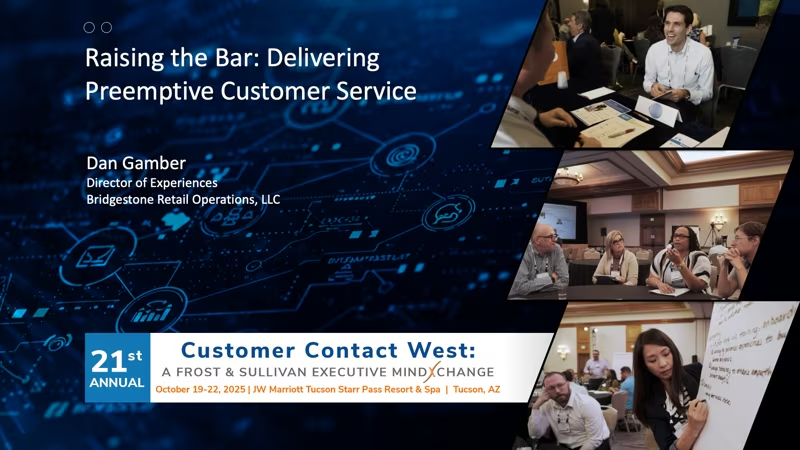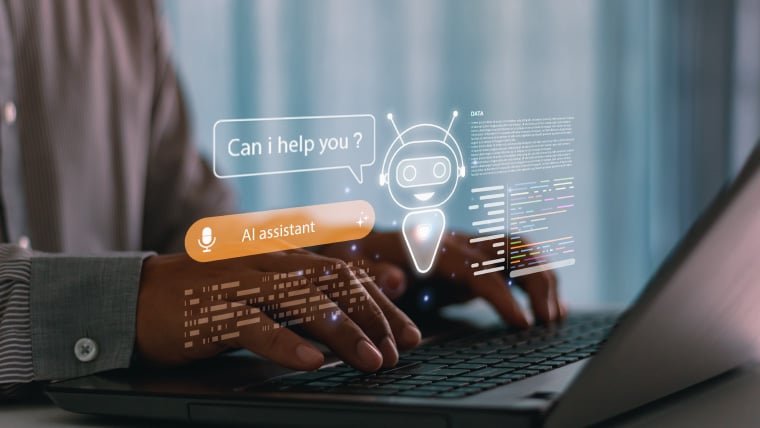It’s no secret that this year has changed a lot for everyone. Customer experience teams know the impact of COVID-19 all too well. As the world faced this global pandemic, and many business models and product offerings no longer made sense for consumers, it was customer experience leaders that had to quickly adjust to understand how to operate in an unplanned and uncertain future. Where we once looked to our BPO call center operations to handle spikes in volume and environmental impacts to our business, teams all around the globe were mandated to move to work-from-home.
Initially, this posed some temporary challenges, like data security and internet connectivity, but as call centers and companies around the world plan for longer-term work-from-home based cultures, we are once again faced with a need to adjust. As I evaluate the past few months, adjusting to the new norms of our business, I have noted a few areas where I need to adjust in order to deliver best in class care while adapting to work-from-home: agent performance metrics, technology and channel strategy, and amendments to our contracted operational support. These include:
Agent Performance and Productivity
The global pandemic has created a blind spot for us as we measure agent onboarding, performance, and productivity. Where we once relied on solves per hour and occupancy rates (how much time an agent worked directly on customer-facing work) to measure success, we no longer can trust that agents spend 85% or more of their time working on tickets, or seeking to meet productivity goals before moving onto the distractions working from the home presents. As we look to the future, my team is developing: 1) operating rhythms that drive team engagement, like virtual “power hours” to make ticket work engaging and, 2) stretching goals for our agents that drive participation and over-achievement.
On the other hand, hyper-focus on productivity in a work-from-home environment has led to increased burnout and a lack of internal development for team members looking to advance in their role. In the second part of the year, as Lyft moved their timeline for returning to an office to July 2021 or beyond, my team of people leaders began prioritizing independent development planning for their team members. We introduced a mandatory ‘personal development hour’ within the agent schedules that allows for meaningful projects, and stretches task work or education that will inspire a focus on their career development, while still meeting the needs of the business.
Technology and Channel Strategy
If you haven’t already developed an omni-channel strategy that enables digital and self-help options for customersupport access, now is the time to invest in new technology and streamline your channel offerings. Leading the support strategy for Lyft’s Bikes and Scooters program, real-time support options has always been top of mind as a way to deliver the fastest response for riders on the go. With the uncertainty of customer support spikes — volume based on willingness to be out in the world, using our products — forecasting to deliver fast, immediate responses has proven difficult.
This year we launched our first in-app chat feature to reduce phone and email volumes and enable real-time resolution, but with ride volumes fluctuating based on unpredictability, it’s been difficult to find the right balance in service level management. To counter this challenge, we are moving towards smarter self-help channels — in-app rider education, virtual assistant, communities, and proactive product automation — to solve user pain.
Operational Requirements for BPO Agreements
In addition to updating service agreements or statement of work (SOW) to reflect the performance changes mentioned above, you may also want to consider a few new requirements for your partners to consider when ramping up your outsourced workforce.
As our partner agents moved to work-from-home, my technical teams were faced with new VPN and internet connectivity issues, which left some agents unable to work remotely on our ticketing and CRM systems. As we solved those problems, we began to see an uptick of complaints on our social media channels regarding the support interactions on our phones. One customer mentioned their call ended because they couldn’t hear the support agent due to the “chickens clucking so loudly in the background.”
Another complained that kids were screaming and that the agent put them on hold for several minutes, multiple times during the call. This led to the need to update our hiring standards for home-based phone agents, to include a quiet workspace free of distractions and outside noise. Tech specs and internet requirements for agents are another area that we must consider as we ramp up teams from their homes moving into the new ear.
While there are still plenty of challenges to uncover as we adapt to the changing world, revisiting and planning for long-term work-from-home options that meet our business needs and deliver delightful experiences for both our customers and our agents is an important priority right now.
Chris Vetrano leads customer experience for bike, scooter and transit riders at Lyft. He will be leading a session, Making Work at Home, Work: Near and Long Term Strategy at Customer Contact VIRTUAL: A Frost & Sullivan Executive MindXchange, taking place February 2-4, 2021.
Before leading Lyft’s multimodal support experiences, Chris stood up the social media support team for their rideshare business and was integral to the company’s global support expansion. After a successful career managing national touring artists, digital and media brands, and producing one of the nation’s largest independent music festivals, Chris found his calling developing end-to-end, world-class customer experiences for large brands.



